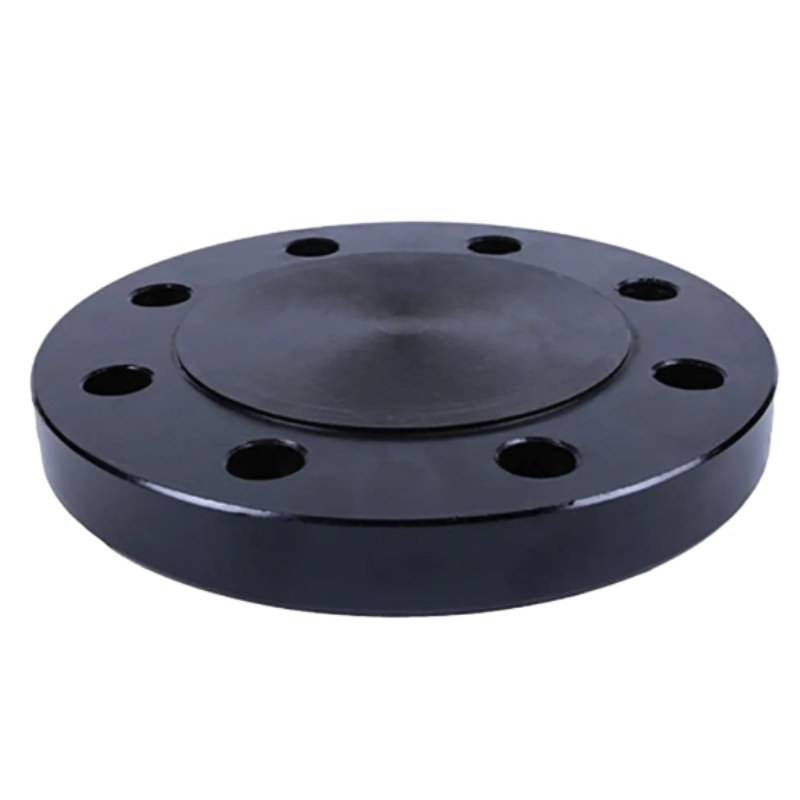-
Cangzhou Yulong Steel Co., Ltd.
-
Phone:
+86 13303177267 -
Email:
admin@ylsteelfittings.com
- English
- Arabic
- Italian
- Spanish
- Portuguese
- German
- kazakh
- Persian
- Greek
- French
- Russian
- Polish
- Thai
- Indonesian
- Vietnamese
- Zulu
- Korean
- Uzbek
- Hindi
- Serbian
- Malay
- Ukrainian
- Gujarati
- Haitian Creole
- hausa
- hawaiian
- Hebrew
- Miao
- Hungarian
- Icelandic
- igbo
- irish
- Japanese
- Javanese
- Kannada
- Khmer
- Rwandese
- Afrikaans
- Albanian
- Amharic
- Armenian
- Azerbaijani
- Basque
- Belarusian
- Bengali
- Bosnian
- Bulgarian
- Catalan
- Cebuano
- China
- China (Taiwan)
- Corsican
- Croatian
- Czech
- Danish
- Esperanto
- Estonian
- Finnish
- Frisian
- Galician
- Georgian
- Kurdish
- Kyrgyz
- Lao
- Latin
- Latvian
- Lithuanian
- Luxembourgish
- Macedonian
- Malgashi
- Malayalam
- Maltese
- Maori
- Marathi
- Mongolian
- Myanmar
- Nepali
- Norwegian
- Norwegian
- Occitan
- Pashto
- Dutch
- Punjabi
- Romanian
- Samoan
- Scottish Gaelic
- Sesotho
- Shona
- Sindhi
- Sinhala
- Slovak
- Slovenian
- Somali
- Sundanese
- Swahili
- Swedish
- Tagalog
- Tajik
- Tamil
- Tatar
- Telugu
- Turkish
- Turkmen
- Urdu
- Uighur
- Welsh
- Bantu
- Yiddish
- Yoruba

Oct . 05, 2024 22:04 Back to list
Hydraulic Flange Design and Applications in Modern Industrial Systems
Understanding Hydraulic Flanges An Essential Component in Fluid Systems
Hydraulic flanges play a crucial role in fluid power systems, serving as a connection point in pipelines and machinery that transport hydraulic fluids. Designed to withstand high pressure and ensure leak-proof joints, flanges are integral to the reliability and performance of hydraulic systems across various industries, including manufacturing, construction, and automotive.
Types of Hydraulic Flanges
Hydraulic flanges come in various types, each tailored for specific applications and standards. The most common types include fixed flanges, swivel flanges, and split flanges. Fixed flanges are permanently welded or bolted to the components, providing a secure connection. Swivel flanges, on the other hand, allow for rotation, accommodating movement in flexible hoses. Split flanges are designed for easy assembly and disassembly, making maintenance more convenient.
Materials and Standards
Typically made from steel, stainless steel, or other durable alloys, hydraulic flanges must be robust enough to endure the demanding environments they operate in
. Various industry standards govern the design and manufacturing of flanges, such as ISO, SAE, and DIN. These standards ensure compatibility and interchangeability between components, which is vital for maintaining system efficiency and safety.hydraulic flange

Installation and Maintenance
Proper installation and maintenance of hydraulic flanges are critical to preventing leaks and ensuring optimal system performance. The flanges should be aligned correctly and tightened to the manufacturer's specifications to avoid any undue stress that could lead to failure. Regular inspection for signs of wear, corrosion, or damage is essential in extending the lifespan of hydraulic connections.
Applications of Hydraulic Flanges
Hydraulic flanges are used in a myriad of applications, from heavy machinery and hydraulic presses to mobile equipment and power units. Their ability to provide a secure, leak-free connection makes them indispensable in systems where hydraulic fluid is pressurized to perform work, such as lifting, moving, and turning.
In conclusion, hydraulic flanges are essential components in the field of fluid power technology. Their various types, standards, and materials underscore their importance in ensuring efficient and safe operation within hydraulic systems. Understanding their function and maintaining their integrity is vital for the longevity and reliability of hydraulic machinery.
Latest news
-
ANSI 150P SS304 SO FLANGE
NewsFeb.14,2025
-
ASTM A333GR6 STEEL PIPE
NewsJan.20,2025
-
ANSI B16.5 WELDING NECK FLANGE
NewsJan.15,2026
-
ANSI B16.5 SLIP-ON FLANGE
NewsApr.19,2024
-
SABS 1123 FLANGE
NewsJan.15,2025
-
DIN86044 PLATE FLANGE
NewsApr.19,2024
-
DIN2527 BLIND FLANGE
NewsApr.12,2024
-
JIS B2311 Butt-Welding Fittings LR/SR 45°/90° /180°Seamless/Weld
NewsApr.23,2024











